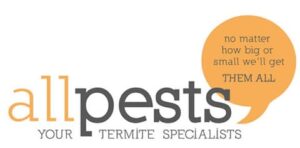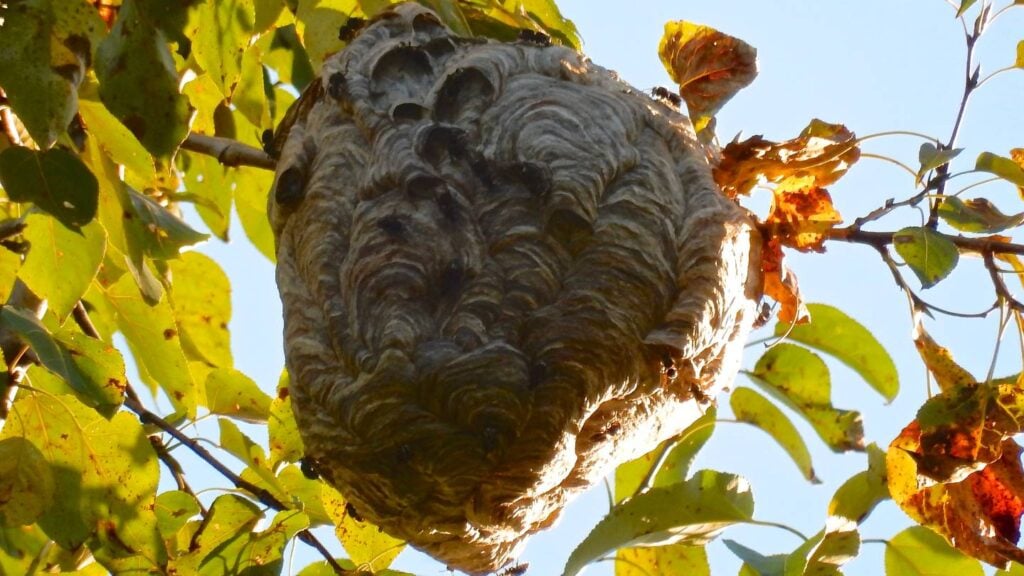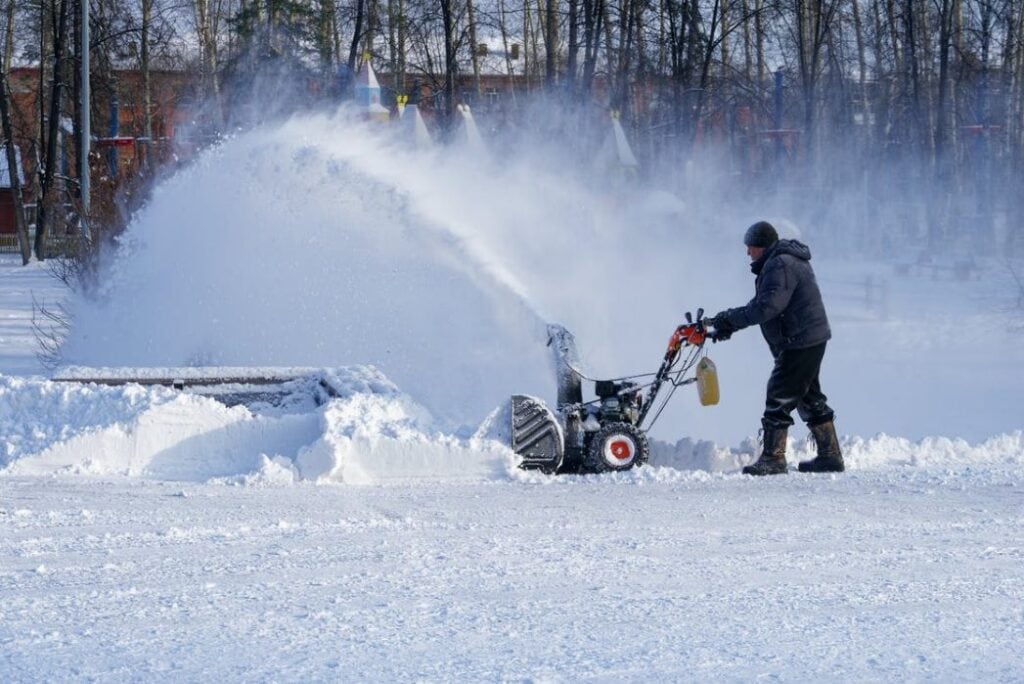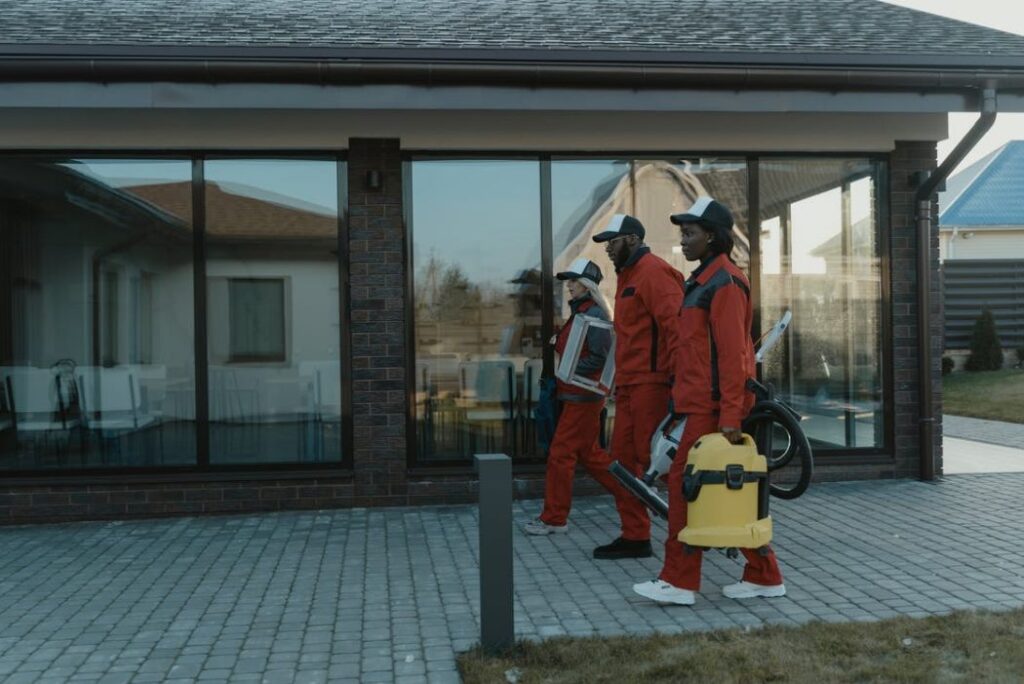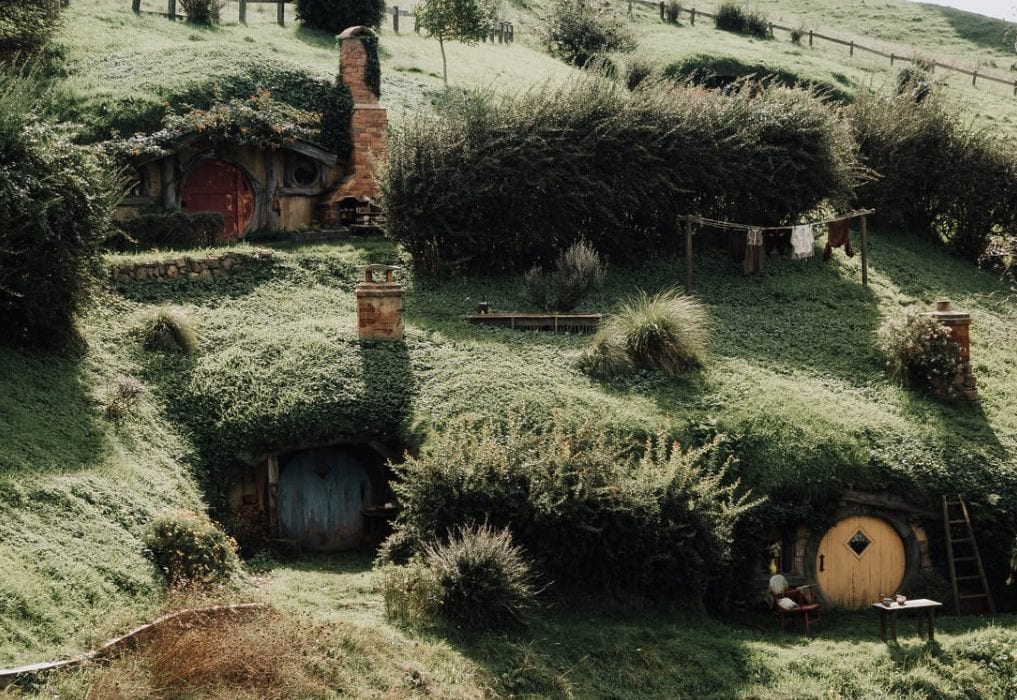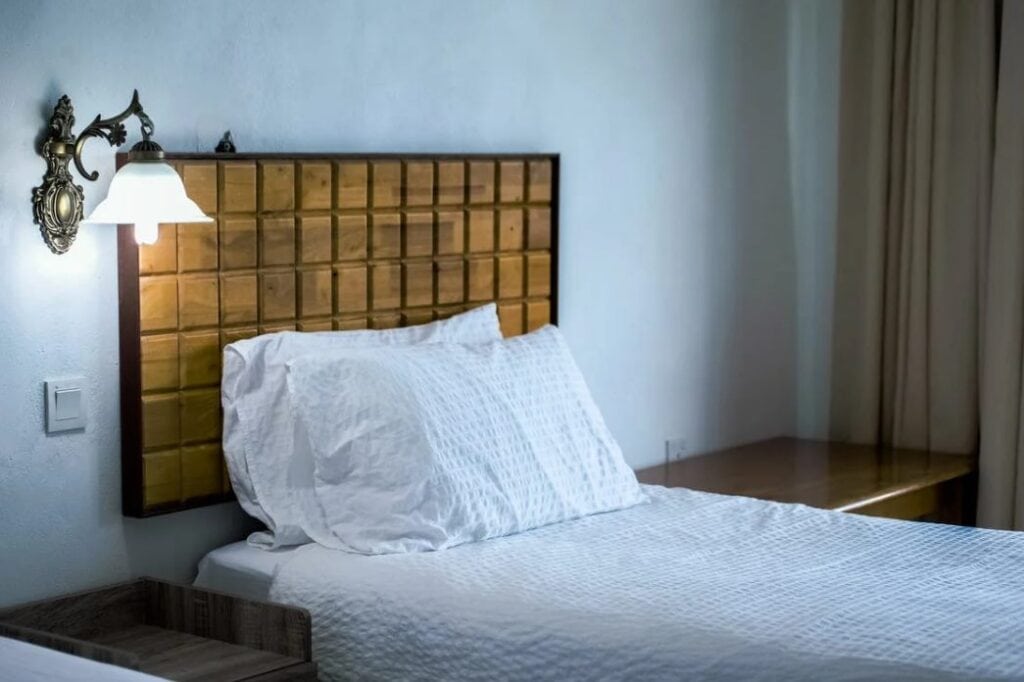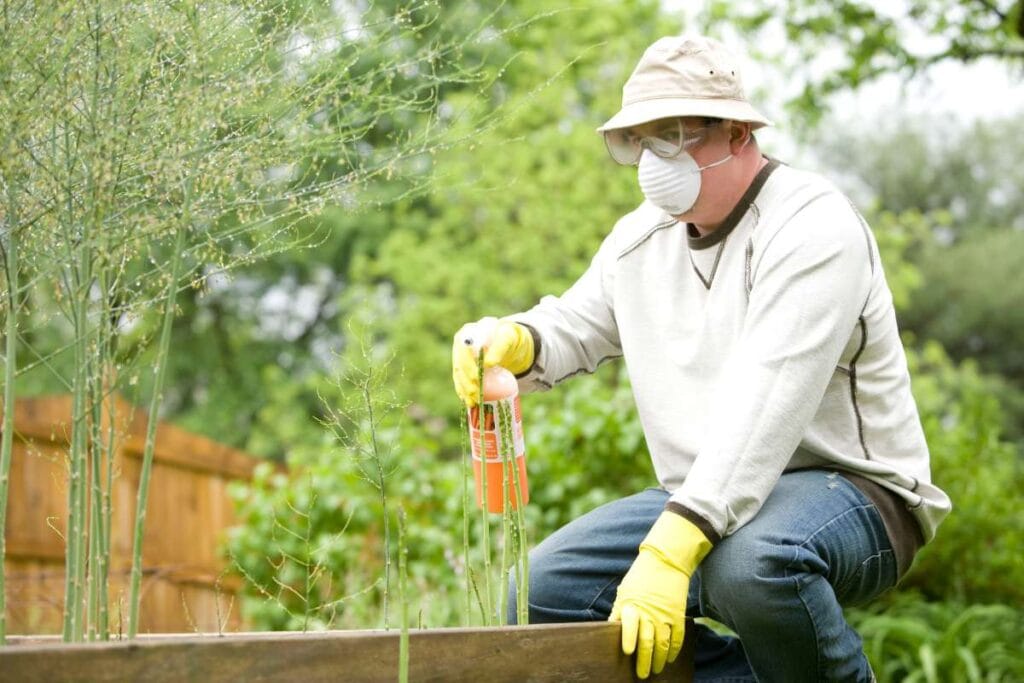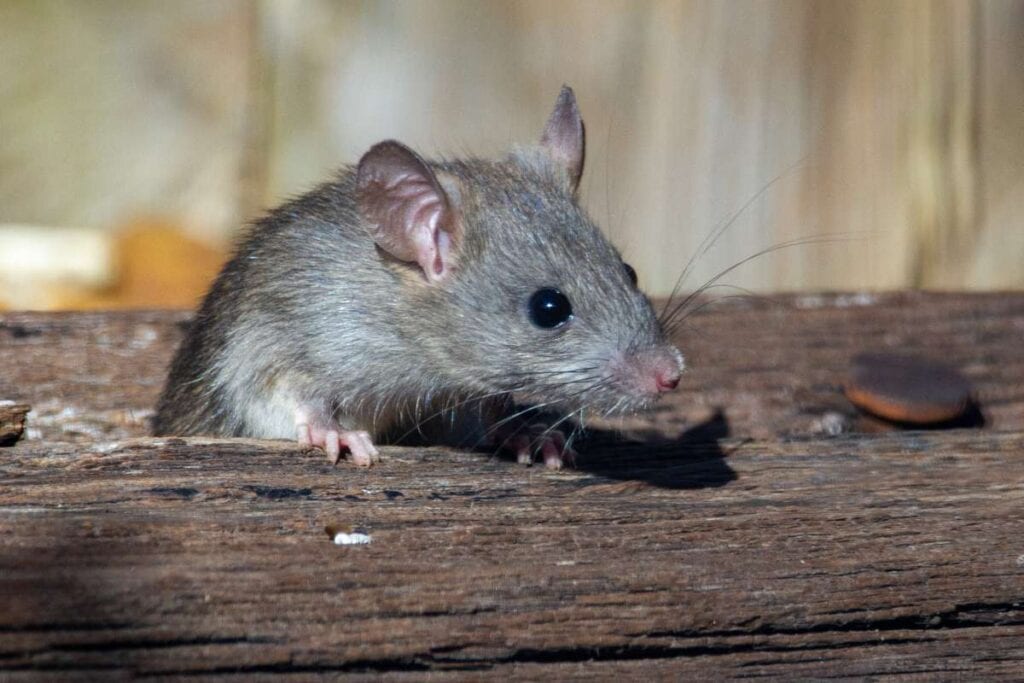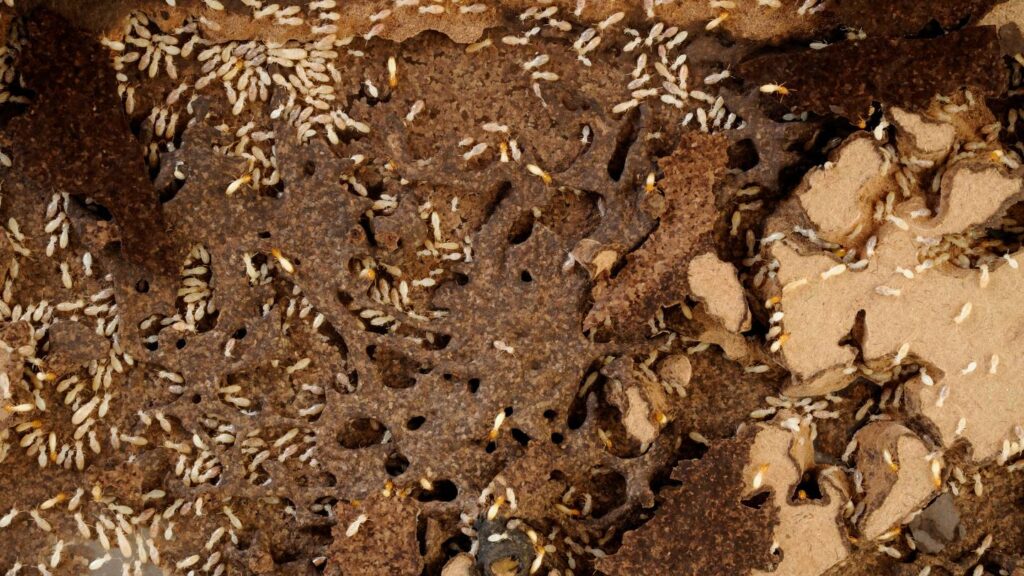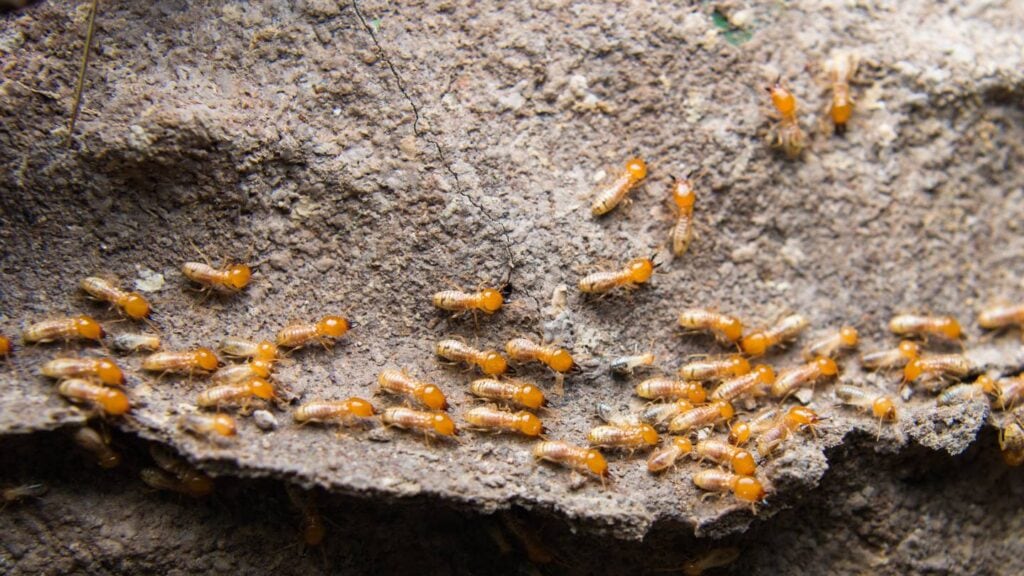Have you ever thought about the dangers that could be circling your neighbourhood? Imagine this: an unseen danger lurking close to your safe sanctuary, ready to attack at any moment. What Are The Possible Perils Of Having A Wasp Nest Close To A Residential Area? This is an often-overlooked yet indisputably important issue that this article seeks to answer.
To sum up, you shouldn't take the risks lightly because they are substantial. Because of their vicious reputation, wasps endanger the lives of people who live near them. For the sake of your community's safety, you must be aware of the risks, which range from serious allergic reactions to an increase in the probability of contact.
Are you eager to learn more about the possible dangers and how to protect your environment? Come along as we explore wasp behaviour, methods for removing nests, and ways to create a safe environment. This trip is about more than just risks; it's about equipping you with the information you need to safeguard your homes properly and those you love.
How to Recognise a Wasp Nest?
Wasps are related to bees but are more territorial, mean, and violent. They can sting more than once, and they don't hold back when the going gets tough. A wasp would have no trouble filling you with poison more than once.
It can be dangerous because the same poison can make a spider unconscious. Most of the time, you'd want them to stay away. Our service to get rid of wasps is very popular, but that doesn't mean wasps don't have a place in the world.

Wasp Species
- Solitary wasps - Solitary wasps, like their bee relatives, are socially isolated. Before her eggs hatch, each mother builds her own nest. Cuckoo wasps can easily attack them because of this. In Australia, the vast majority of wasp species live alone.
- Semi-solitary - Some types of wasps have developed to work together so they don't have to deal with some of the problems that come with being alone. All the females can still have babies, but they all live in the same nest, and one of them is always watching over it.
- Social wasps - Wasp social organisation consists of a queen, workers, and drones. The queen's death would spell the end for the colony since she is the sole reproductive member. This is the most probable source of a wasp infestation. Among these, European wasps are the most well-liked. They are an introduced species, not native to Australia, as the name says. However, they began to alter ecosystems as a result of their rapid reproduction.
Responses To Wasp Stings That Are Allergic:
Common Symptoms:
- The sting spot is red, swollen, and hurts.
- Itchy skin or spots.
- Not too bad or too bad of pain.
- Sometimes, a small white mark where the bug bites you.
Injuries Caused By Wasp Attacks:
Injuries Caused by Wasp Attacks:
- Wasps can be a real threat, but kids and pets can not realise it and accidentally attract them.
- Reactions may be more severe if the size is smaller.
Extreme Cases of Hostile Conduct:
- If a wasp nest is threatened, the wasps may turn violent.
- Swarm strikes can happen, which makes getting stung more likely.
- There are situations when aggressive behaviour is more common, including defending the queen or nest.
What Pests Damage Buildings?
An infestation of pests can wreak havoc on a building's framework. Carpenter ants and termites, for instance, can chew away at a building's joists and beams of wood, reducing their structural integrity. If not addressed, this could cause the structure to become unstable or possibly collapse.
Worse, rodents like mice and rats can gnaw through electrical wires, which puts people in the structure at risk of fires and other fire hazards. Building owners and managers should conduct thorough pest inspections regularly and take appropriate action to eliminate any pests they find.
Pests pose additional risks to the health of those living or working in a facility. Rodents and cockroaches, for example, can spread disease and contaminate surfaces and food with their urine and droppings. This can harm everyone who comes into contact with these pollutants and make the facility smell and seem dirty.
The Termites And The Carpenter Ants
Carpenter ants and termites are two of the most destructive pests in the building industry. Buildings can gradually lose structural integrity due to constant gnawing on wood and other materials. A building's collapse is an extreme possibility when termites are present.
In addition to wood and cellulose-containing products, termites can wreak havoc on books, furniture, and other similar items. Termite prevention and control measures should include routine building inspections for evidence of termite activity.
Rodents
By chewing through wires, rats and mice can do a lot of damage to a building's electrical systems. This could lead to a fire and put people inside the house at risk of being unsafe.
Aside from damaging buildings, rodents can also make food and surfaces dirty with their urine and droppings, which is bad for anyone who comes into touch with these things.
Pest control measures that eliminate rats and mice and stop them from getting into the building are important for building owners and managers to avoid this kind of damage and danger.
Birds
Clogs and obstructions can occur when birds like pigeons make their nests in a building's gutters and downspouts. If the water can't escape the structure, it could cause damage and other problems. When not removed properly, bird nests pose a threat to building security, detract from aesthetics, and can even cause structural damage.
Building owners and managers can avoid these issues by regularly monitoring their gutters and downspouts, cleaning them devoid of debris and nests, and taking other precautions to ensure that birds don't lay their eggs there.
Bees And Wasps
Buildings with ventilation systems are more likely to have problems with beehives and wasp nests, which can obstruct airflow and reduce system efficiency. The air quality drops, mould grows, and energy efficiency drops. Bee and wasp nests not only cause these problems, but they also, if not removed correctly, can harm human health.
Building owners and managers can avoid these issues by monitoring the ventilation system, fixing any problems, and taking precautions to ensure that bees and wasps don't establish nests there. As part of this process, you may need to remove nests regularly and put up screens or other obstacles to keep them out.
How Can I Find A Wasp Nest?
As a whole, wasps in Australia tend to live alone. Because of this, they don't construct elaborate nests; each female is fertile and makes her own nest, which is typically left behind after mating. In addition to mud, wasps can use various materials, including wood fibres and resin, to construct their nests.
When you see a massive wasp nest, you can tell it's a gregarious species. All wasps in a social species' nest are either sterile females or drones, short-lived males whose sole function is to fertilise the queen.
Social wasps, like paper or European wasps, are most likely to cause an outbreak. Wasps from Europe were brought to Australia by other species. Native Australian species are hurt by their rapid growth because they don't have any natural enemies to eat them. They are much meaner than wasps that live in your area.
- Paper wasp nest - This wasp nest is frequent and easy to spot. The nesting grounds of paper wasps are typically found in tree branches or beneath eaves. Wasps flitting around add to the visual appeal of their hanging appearance. They're composed of chewed-up wood fibres and wasp secretion (the insects spit on them) and have a papery texture. Paper wasp nests in Australia are often somewhat small.
- Mud-dauber wasp nest - Mud-dauber nests are like miniature ceramic shards fastened to your wall. Because of their distinctive appearance, they are easy to spot in areas inhabited by humans. A mud-dauber wasp nest in your shed should not come as a shock.
How to Safely Remove Wasp Nests?
Finding a wasp nest in your yard or near a doorway that leads into your home can be scary. People who own their own homes can feel stressed, especially if the nest is full of scary-looking wasps that will attack you as soon as you get close.
Finding The Hive
Finding the nest is the first step in getting rid of wasps. Unlike bees, wasps aren't aggressive, so it's typically safe to follow them around after they feed to see what they do next. It will be easy to spot them because they fly in neat formations and small groups. Wasp nests are commonly seen in:
- Under leaves: Their nests resemble brown paper bags with holes; paper wasps build them under leaves.
- In doorways: Depending on the species, wasps may build their nests inside the door frame or even on the top of your doorway.
- Roof cavities: It is usual to find wasp nests in wall spaces and roof cavities because wasps can construct their nests inside and outdoors.
- Bird feeders: Bird baths and feeders are also frequent places to find wasp nests.
Important Considerations For Nest Removal
Killing the wasps or setting fire to their nest might be your initial reaction. Remember, though, that wasps play as big an ecological role as bees. Their function in the ecosystem is just as important, if not more so, as pollinators. Removing the wasp nest may be more prudent than destroying it. There are a few safety measures you should take regardless of your choice:
- Wear protective clothing: Their tiny stingers won't be able to reach you if you wear snug, thick clothes that leave little room for entry. Be sure to bring along a sturdy pair of gloves.
- Opt to remove the nest at night: There is a better chance that all of the wasps will be in the nest at once if you move them at night. Moving an empty nest during the day is pointless because they will make a new one!
- Removal: Put it in a big, covered plastic container. Place the container on top of the nest and gently tap it to release it from its perch. Keep a single wasp near the opposite surface as possible to prevent it from escaping. After placing the nest in the container, seal it with the lid.
- Relocation: Plan where you will go before you take down the nest. They may move back if you move them too close to where they used to live. Moving them to a place where they might hurt someone else is fine. Choose a park or wild place with only a few people or pets. Put the box on the ground, remove the lid, and run away as fast as possible. You can slide the nest out of the container without bothering or waking the wasps. You will have to leave the container there instead. It might be better than getting stung by a bunch of wasps at once!
- Ask the professionals: A Dawson's pest controller should be contacted in a few specific cases. Avoid putting yourself in harm's way if you're allergic to bees or if the nest is very large. When safely removing the next from your property, our specialists have you covered with their experience, tools, and safety gear.
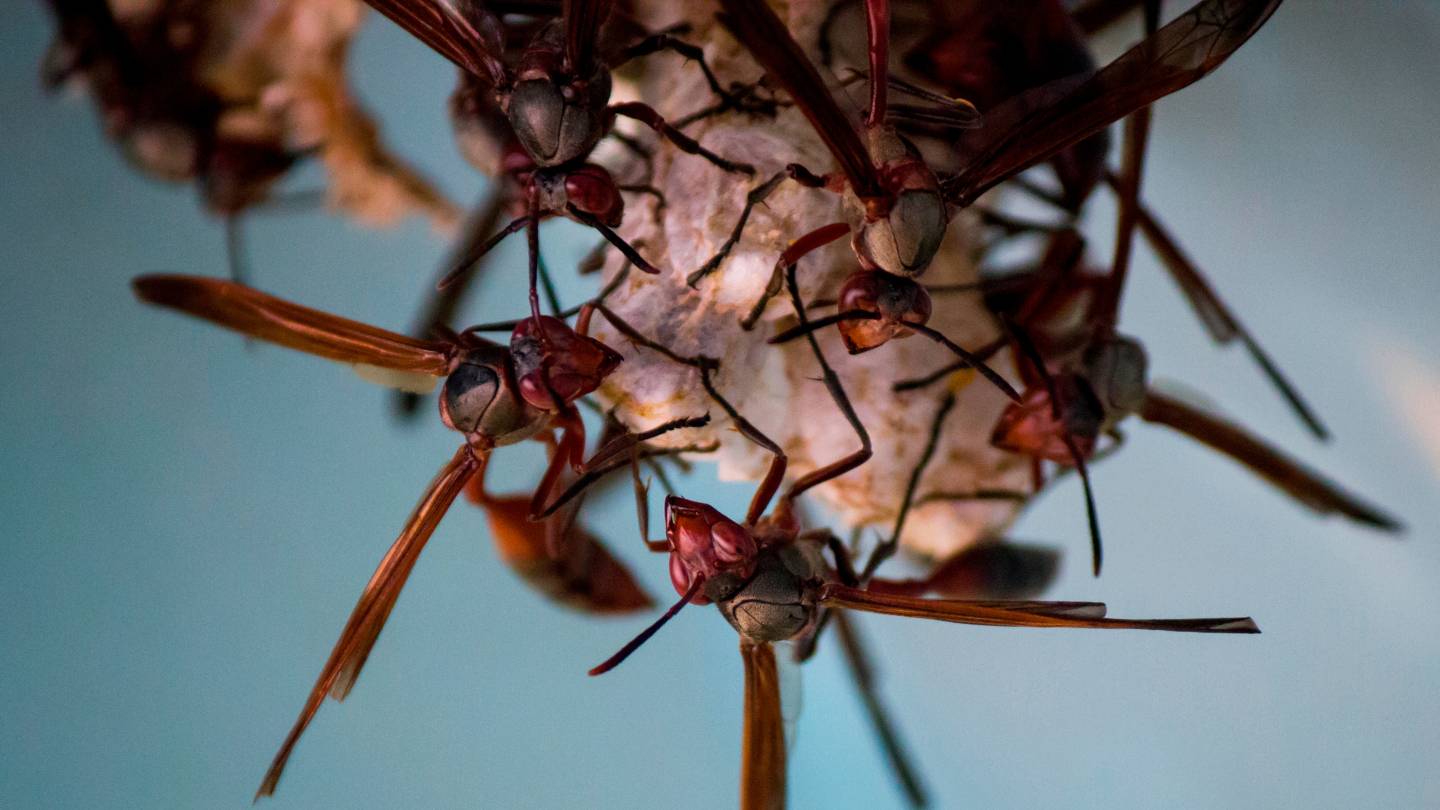
Ways to Eliminate Wasp Nests
Here are several ways to eliminate wasps and their nests:
- Nest Drenching – For this method, a pesticide spray is used to soak the wasp nest. Sprayers with long nozzles or hand-held sprays can be used, depending on how easy it is to get to the nest. You can destroy the nest as soon as you're sure that the whole colony is dead.
- Nest Dusting – This is where wasp pesticide in powder or dust form comes into play. A little sprinkle of powder into the nest will eliminate the whole wasp population. This strategy can take a few weeks to eliminate all the wasps because it requires reapplication.
Conclusion
When wasp nests are close to homes, they pose serious safety risks to people and their pets. These pests are aggressive, mean, and violent, and they can sting more than once, which can cause severe allergic reactions.
Most species of wasps in Australia live alone, but some have learned to work together, setting up a social order with a queen, workers, and drones. Most people know about European wasps, but because they reproduce so quickly, they have been known to change environments.
When a wasp hits you, the area may turn red, swell up, hurt, and have itchy skin or spots. There may also be a small white mark where the bug bit you. Wasp stings can cause serious injuries, especially if the size of the wasp is small. Extreme acts of hostility can also happen, like protecting the queen or nest.
Buildings can be damaged by pests, which can lead to structural problems, fire dangers, and health risks. Termites and carpenter ants can eat through wood joists and beams, and mice and rats can chew through electrical lines, which can put people inside the building at risk. Building owners and managers need to do regular bug inspections and take steps to get rid of pests.
Mice and rats can damage electrical systems, which can cause fires and make homes dangerous. Bird nests can also damage things, both by making things look bad and by breaking things. Building owners and managers should keep an eye on gutters and downspouts on a daily basis, clean them out so there are no nests or other debris in them, and take other steps to keep birds from laying their eggs there.
Beehives and wasp nests are more likely to be found in buildings with ventilation systems. If they are not cleared properly, they can block airflow, make the system less effective, and even be harmful to people's health. Building owners and managers should keep an eye on the air system, fix any issues they find, and make sure bees and wasps don't build nests there to avoid these problems.
In Australia, wasps usually live alone, which makes them simple to spot. They use things like wood fibres and resin to build their homes. Wasps that live in groups, like paper or European wasps, are most likely to start a spread. It's easy to find paper wasp nests because they are common. Mud dauber nests, on the other hand, look like little ceramic bits stuck to walls.
If you want to get rid of wasp nests safely, watch what they do after they eat. They often hide under leaves, doors, holes in the roof, and bird boxes. Some important things to keep in mind when removing a nest are to wear safety gear, move the nest at night, take it out in a covered plastic container, and put it somewhere safe.
Different methods are used to get rid of wasp nests. One is to "drench" the nest in a pesticide spray, and the other is to "dust" the nest with a powdered or finely ground wasp pesticide to get rid of all the wasps that live there. This plan may take a few weeks to work, though, because it needs to be reapplied.
Content Summary
- Having a wasp nest near a residential area poses significant dangers, often underestimated in their severity.
- Wasps, known for their aggressive nature, can threaten the safety of nearby residents.
- Serious allergic reactions are a primary risk associated with proximity to wasp nests.
- Increased contact with wasps near residential areas elevates the likelihood of stings and attacks.
- Understanding wasp behavior is crucial for safely managing and removing their nests.
- Wasps differ from bees in their more territorial and aggressive tendencies.
- A wasp sting can deliver multiple doses of venom, posing greater danger than bee stings.
- Solitary wasps, common in Australia, live independently, each female constructing her own nest.
- Semi-solitary wasps exhibit a mix of communal and independent living, with shared nesting.
- Social wasps have a hierarchical structure with a queen, workers, and drones, often leading to larger nests.
- European wasps, an introduced species in Australia, are particularly problematic due to rapid reproduction and ecosystem disruption.
- Allergic reactions to wasp stings can range from redness and swelling to severe pain and itchiness.
- Children and pets are at higher risk of wasp attacks due to their unawareness and smaller size.
- Wasps can exhibit extremely aggressive behavior, especially when their nest is threatened.
- Swarm attacks by wasps are a dangerous possibility in the event of nest disturbance.
- Pests like carpenter ants and termites can undermine the structural integrity of buildings.
- Rodents pose fire hazards by gnawing through electrical wires in buildings.
- Pests like rodents and cockroaches can spread disease and contaminate living spaces.
- Termites and carpenter ants are particularly destructive, causing gradual structural weakening.
- Rats and mice can damage electrical systems and contaminate food and surfaces.
- Birds nesting in gutters can cause water damage and structural issues in buildings.
- Beehives and wasp nests in ventilation systems can reduce air quality and energy efficiency.
- Identifying a wasp nest involves looking for specific materials like wood fibers and resin used in construction.
- Large wasp nests indicate the presence of social wasp species, which are more likely to cause infestations.
- The presence of European wasps in Australia poses a threat to native species due to lack of natural predators.
- Paper wasp nests, made of chewed wood fibers and saliva, are common and identifiable by their hanging structure.
- Mud-dauber wasp nests are distinct and often found in human-inhabited areas.
- Discovering a wasp nest near living spaces can be alarming and stressful, particularly for homeowners.
- Locating the wasp nest is the first step in safe removal, with nests often found under leaves, in doorways, or in roof cavities.
- The primary reaction of killing wasps or burning nests should be reconsidered due to their ecological role.
- Safety measures like wearing protective clothing and removing nests at night are essential.
- Relocating wasp nests should be done carefully, avoiding areas with high human or pet traffic.
- Professional pest control services are recommended for large nests or for individuals with allergies.
- Nest drenching involves soaking the wasp nest with pesticide sprays for effective elimination.
- Nest dusting, using wasp pesticide in powder form, is a method that requires patience and reapplication.
- Solitary wasps in Australia typically build their own individual nests without forming large colonies.
- Social wasp species, like paper and European wasps, are more likely to cause significant infestations.
- Recognising a wasp nest involves looking for signs like wasps' flight patterns and nest materials.
- Wasp nests can be found in various locations, including under eaves, inside door frames, and in wall spaces.
- Bird feeders and baths are also common sites for wasp nest establishment.
- The ecological importance of wasps as pollinators should be considered when deciding on nest removal.
- Choosing the right time for nest removal, such as nighttime, increases the chances of successful relocation.
- Careful planning of the relocation site is necessary to prevent the wasps from returning or harming others.
- In some cases, leaving the container at the relocation site is safer than risking wasp stings.
- Professional pest controllers are equipped with the necessary tools and expertise for safe wasp nest removal.
- Long nozzle sprayers or hand-held sprays are used in nest drenching, depending on the nest's location.
- The effectiveness of nest dusting depends on the thoroughness of application and
- Repeated applications of nest dusting are often required to ensure the complete elimination of wasps.
- The solitary nature of some Australian wasps results in less conspicuous nests, making them harder to detect.
Frequently Asked Questions
Wasps can pose various dangers, including the risk of painful stings. Some people may be allergic to wasp venom, leading to severe reactions. Additionally, wasps can become aggressive when defending their nests, increasing the likelihood of stings.
The proximity of a wasp nest to your home depends on the species. Generally, any nest within 20 feet is considered too close. However, some species may have larger territories. It's crucial to assess the specific type of wasps and consult with a pest control professional to determine the best course of action.
Yes, wasp nests can lead to property damage. Some species, like paper wasps, build nests in sheltered areas, such as eaves and attics, causing structural damage over time. Additionally, the presence of a nest can attract other pests, leading to further issues.
It is strongly recommended that a professional pest control service be hired for safe and effective wasp nest removal. DIY attempts can be hazardous and may provoke aggressive behaviour from the wasps. Professionals have the necessary equipment and expertise to handle the situation without putting you at risk.
If stung, it's important to remain calm. Remove the stinger if present, clean the area with soap and water, and apply a cold compress to reduce swelling. Over-the-counter antihistamines and pain relievers can help alleviate symptoms. However, if there is difficulty breathing or signs of a severe allergic reaction, seek emergency medical attention immediately.
